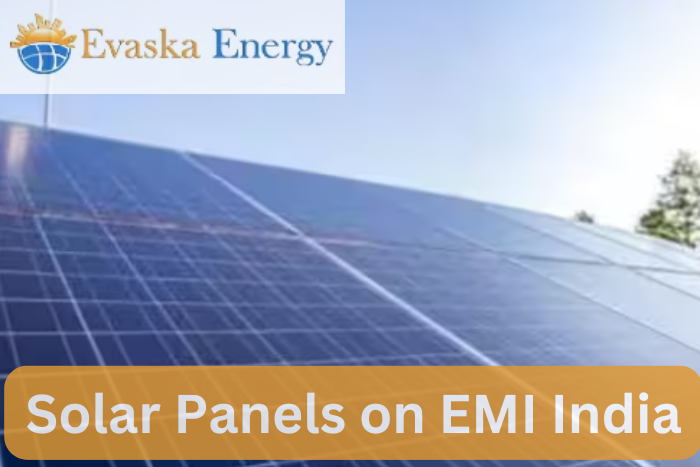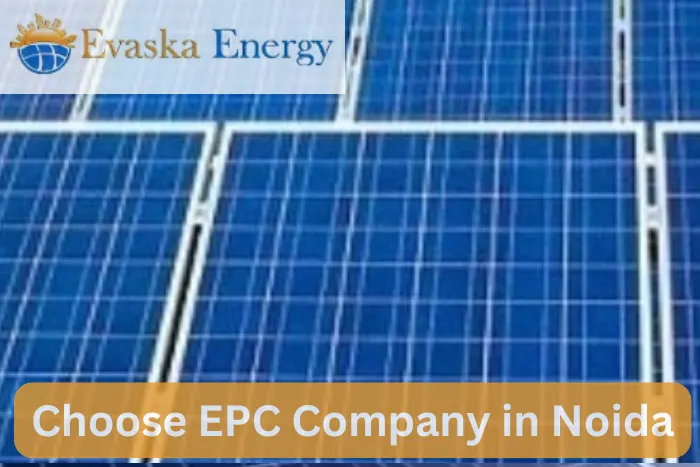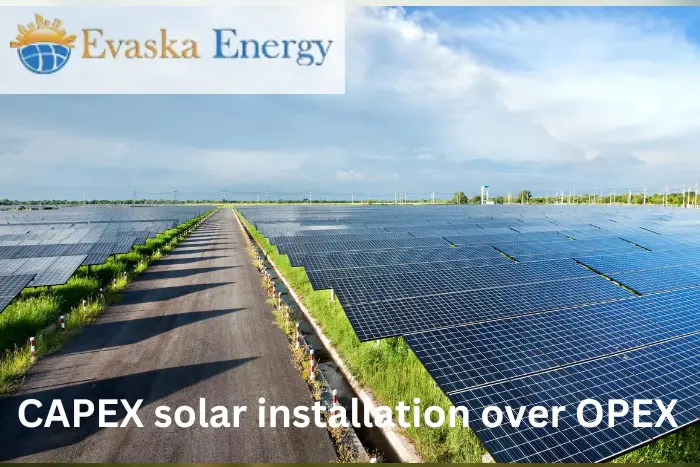Top 3 Things to Look for in Solar Panels in India?
As soon as you decide to go solar, the first thing in your mind that will come is “How to choose solar panels” in India. There are multiple solar panel manufacturers operating in India. Also, there are a few Chinese manufacturers who are supplying in India. To choose amongst them, we will have to research a lot about different solar panels. To make the process a bit more convenient for you, we have briefed you about the top 3 things to look for in Solar Panels in India:
EFFICIENCY AND PERFORMANCE OF THE SOLAR PANELS
This is the most crucial question for any customer who wishes to install solar panels. What is the solar panel efficiency, and how much power can I get from it? Every solar panel will have different efficiency, affecting your daily generation. Solar panel efficiency means the amount of energy each solar panel can convert from the sun’s energy falling on them. This makes the theory that the better the efficiency of solar panels, more the energy produced. Everyone is looking at creating maximum power at a minimal area so that we can achieve that target with higher efficiency and higher wattage solar panels. The different types of solar panels come with different efficiency:
- Polycrystalline solar panels: - up to 18% efficiency
- Monocrystalline solar panels: - up to 20% efficiency
- Mono Perc Half cut solar panels: - up to 24% efficiency
Amongst the three types of solar panels mentioned above, Mono Perc Half cut solar panels are the most advanced ones, with maximum efficiency and maximum power-producing capacity from a single solar panel. It also can produce more power from a tentatively smaller area.
The first point mentions the efficiency of solar panels, which means the amount of energy a single solar panel can produce from the sunlight that falls on them. The performance of solar panels entirely depends on the cell type and its efficiency. Choosing the right solar panel should be based on “how well will they perform” in all scenarios. In some cases, solar panels are installed in places having low sunlight irradiance where we have to install monocrystalline cell technology. This technology helps the customer extract more sunlight irradiance and generate more power in low sunlight. The better the performance of solar panels, the more energy they will generate.
Solar panel installation that takes place for any home in India is asked on the following basis:
- How much space will be required for solar panel installation?
- What will be the capital costs for installation?
- What will be the generation of energy in a year?
- How will the solar panels perform on rainy, cloudy or low light days?
WARRANTY
After discussing the performance and efficiency of solar panels, we discuss the most critical aspect of solar panels: the warranty. Every solar panel manufacturer offers a warranty on solar panels.
But what exactly is this warranty? What all is included in the warranty?
Solar panels come with Ten years of product warranty and Twenty-five years of performance warranty. We mean the warranty on the product defects or any quality breakage by the term product warranty. So, your solar panels are covered for the product or hardware damage for ten years. The twenty-five-year performance warranty is for the specific amount of energy output the solar panels will produce. Some solar panel manufacturers also offer a complete twenty-five product and performance warranty in India. If any internal damage or the solar panel stops working while under warranty, you will be given proper assistance for the same, and the solar panel will be replaced with a new one.
With a warranty period of 25 years, the user is tension-free that the investment he has made is secured and shall produce a specific amount of energy for 25 years from the time of installation.
DEGRADATION OF SOLAR PANELS
Solar panels need to be maintained for at least 25 years. Looking at this long-time frame, we need to consider how well these solar panels will perform in the period of these 25 years. Every solar panel has a degradation rate, which means the amount of power a single solar panel can produce in the first year will reduce in the 25th year. A nominal reduction will be there every year for the solar panel. The average degradation rate of a solar panel is 0.8% every year. This means the annual generation of solar panels will reduce by 0.8% every year for the rest of 25 years. Understanding and knowing which solar panels will provide the least degradation rate is essential. It depends on the brand you choose and their degradation rate policy. This shows how durable your solar panel is and what power it will generate in the next 25 years for you.
It is important to understand that solar panel degradation impacts electricity generation and affects the long-term performance of the solar panels. How well it will perform in the long complete term period of 25 years. Always choose the solar panel company that offers better durability and a low degradation rate than its competitors.
While evaluating solar panels for home installations, all the essential considerations have been discussed above. The leading solar panels for home use are:
- Canadian Solar
- Renewsys
- Vikram Solar
- Panasonic
- Sunpower
Installing solar panels for home use is a smart move where you save a lot on the financial aspect and contribute to the environment as well.







